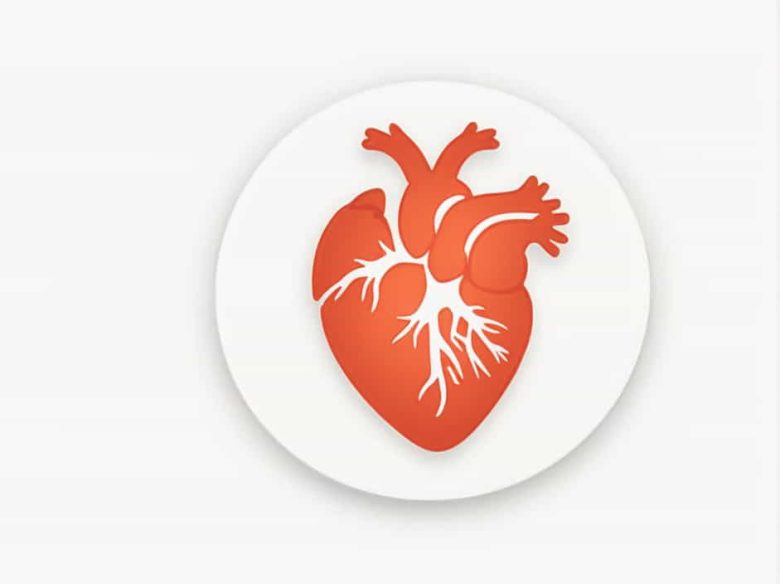The left ventricle is one of the four chambers of the heart and plays a crucial role in circulating oxygen-rich blood throughout the body. It is the strongest and most muscular chamber because it must generate enough force to pump blood to all organs tissues and cells.
Understanding the left ventricle’s function is essential for recognizing its importance in cardiovascular health its role in common heart conditions and ways to keep it strong.
Anatomy of the Left Ventricle
The heart is divided into four chambers:
- Right atrium
- Right ventricle
- Left atrium
- Left ventricle
The left ventricle is located in the lower left side of the heart. It has thick muscular walls that allow it to create high pressure when pumping blood.
Blood enters the left ventricle through the mitral valve and exits through the aortic valve into the aorta the body’s largest artery.
What Does the Left Ventricle Do?
1. Pumps Oxygen-Rich Blood to the Body
The left ventricle’s main job is to push oxygenated blood into the aorta which then distributes it to the entire body. This oxygen is essential for the brain muscles and organs to function properly.
2. Maintains Blood Pressure
Because it pumps blood at high pressure the left ventricle plays a major role in maintaining blood circulation and regulating blood pressure. If the left ventricle weakens it can lead to low blood pressure and poor oxygen delivery.
3. Supports the Circulatory System
The heart works in a continuous cycle and the left ventricle ensures that oxygenated blood keeps moving efficiently. It prevents blood stagnation which could lead to clots organ failure or cardiovascular disease.
How Blood Flows Through the Left Ventricle
- Oxygenated blood from the lungs enters the left atrium.
- The mitral valve opens allowing blood to flow into the left ventricle.
- When the left ventricle contracts the aortic valve opens.
- Blood is ejected into the aorta and sent to the entire body.
This process happens in less than a second with every heartbeat ensuring a constant supply of oxygen.
Common Disorders Affecting the Left Ventricle
1. Left Ventricular Hypertrophy (LVH)
- A condition where the left ventricle becomes thicker than normal due to high blood pressure or excessive workload.
- Can lead to heart failure irregular heartbeat and poor circulation.
2. Left Ventricular Failure
- Occurs when the left ventricle cannot pump blood effectively.
- Leads to fluid buildup in the lungs (pulmonary edema) causing shortness of breath and fatigue.
3. Aortic Valve Stenosis
- A narrowing of the aortic valve making it harder for the left ventricle to pump blood.
- Can cause chest pain dizziness and heart failure.
4. Cardiomyopathy
- A disease that weakens the heart muscle affecting the left ventricle’s ability to pump blood.
- Can be caused by genetics infections or chronic conditions like diabetes.
Symptoms of Left Ventricular Dysfunction
When the left ventricle is not working properly symptoms may include:
- Shortness of breath (especially when lying down or during activity)
- Swelling in the legs and feet (fluid retention)
- Fatigue and weakness
- Rapid or irregular heartbeat
- Chest pain or discomfort
- Dizziness or fainting
If these symptoms appear it is important to seek medical attention immediately.
How to Keep the Left Ventricle Healthy
1. Maintain Healthy Blood Pressure
High blood pressure forces the left ventricle to work harder leading to thickening and weakening of the heart muscle. Keep blood pressure in a healthy range (below 120/80 mmHg) by:
- Eating a low-sodium diet
- Exercising regularly
- Managing stress
2. Eat a Heart-Healthy Diet
A diet rich in nutrients and low in unhealthy fats supports heart function. Foods that help strengthen the left ventricle include:
- Leafy greens (spinach kale) – Rich in antioxidants
- Fish (salmon mackerel) – High in omega-3 fatty acids
- Nuts and seeds – Provide healthy fats and magnesium
- Whole grains – Help regulate blood pressure
3. Exercise Regularly
Aerobic exercise strengthens the heart muscle and improves circulation. Aim for:
- At least 150 minutes of moderate activity per week (walking cycling swimming)
- Strength training twice a week to boost cardiovascular endurance
4. Avoid Smoking and Excessive Alcohol
- Smoking damages blood vessels and increases heart disease risk.
- Alcohol in excess can weaken the left ventricle and lead to high blood pressure.
5. Monitor and Manage Chronic Conditions
- Diabetes high cholesterol and obesity increase the risk of left ventricular disease.
- Regular check-ups help detect problems early and prevent complications.
6. Manage Stress
Chronic stress raises blood pressure and heart rate overworking the left ventricle. Reduce stress with:
- Meditation
- Deep breathing exercises
- Spending time in nature
Medical Treatments for Left Ventricular Problems
If lifestyle changes are not enough doctors may recommend:
1. Medications
- Beta-blockers – Lower heart rate and blood pressure
- ACE inhibitors – Reduce strain on the left ventricle
- Diuretics – Remove excess fluid buildup
2. Surgery or Medical Procedures
- Pacemaker implantation – Helps regulate heartbeat
- Valve replacement surgery – Fixes damaged heart valves
- Left ventricular assist device (LVAD) – A mechanical pump for severe cases
The left ventricle is the most powerful chamber of the heart responsible for pumping oxygen-rich blood to the entire body. It plays a key role in maintaining blood pressure circulation and overall cardiovascular health.
Keeping the left ventricle healthy through exercise diet and medical care is essential for preventing heart disease and other complications. By understanding its function and taking proactive steps you can support a strong and healthy heart for life.



